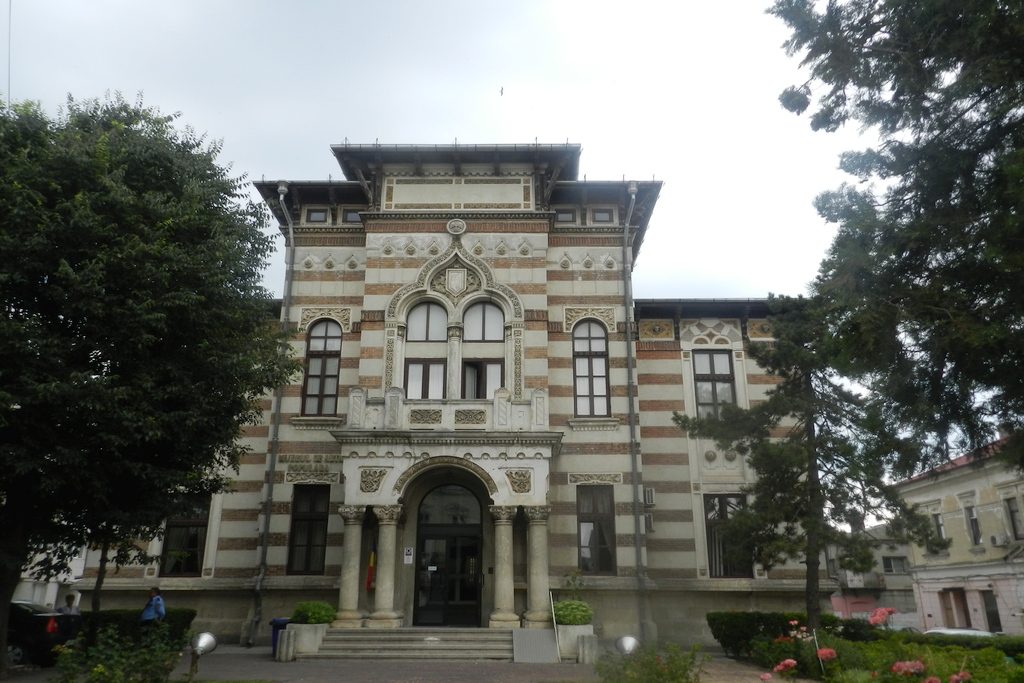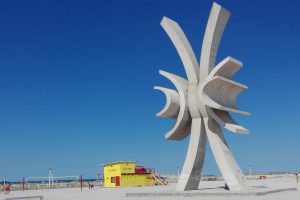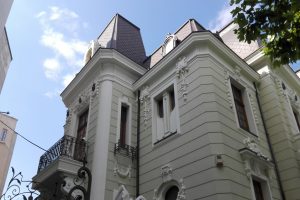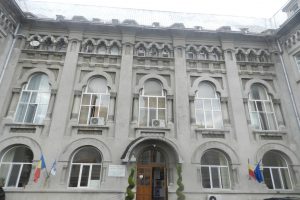

The idea of ethnography in Dobrudja is relatively recent, dating from 1960, the initiative of its concept being related to the effort of some museums staffs, such as the Village Museum, Folk Art Bucharest Museum, Brukental Museum Sibiu, animated by the desire of completing the ethnographic map of the country with the single white spot existing in their exhibition space, respectively Dobrudja.
Thus, the team led by Gheorghe Focşa (Village Museum Bucharest), after several research campaigns on Dobrudja architecture, managed to transfer two households specific to the region (Ostrov and Jurilocva) and also elements of popular technique (windmills from Sarichioi, Enisala, Valea Nucarilor – Tulcea).
There followed other campaigns that aimed the inventory structure specific to each household (textiles, household, ceremonial ware, popular costumes, etc.). At the same time, ethnographic researchers from Sibiu have shown their interest in the peasant technical installations and transferred from the land of Dobrudja, various types of windmills, some with floor and balcony from northern Dobrudja – Enisala, Dunavat, Frecãţei, some with canvas wings, from southern Dobrudja – Turkeys and a well with whirlwind on animal traction – Chirnogeni, unique pieces by individuality, to Romania. On the other hand, the staff of the Folk Art Museum from Bucharest, led by Tancred Bănăţeanu was able to complete the ethnographic research with purchasing some folk objects belonging to the Romanian population and also to Dobrudja ethnicities.
In 1975, the folk art collection is established within the Art Museum from Constanţa, and in 1980 it gets the status of department. Since 1985 there takes place an orientation of purchases to other ethnographic regions of the country.
Since 1990 it is legal entity. The main exhibition covers all styles of folk art divided into ethnographic areas the museum having national feature. The museum building dates from 1893 and is an architectural monument. It was originally city hall and then post office. It was restored in 1973, 1978, 1989.
The folk art collections from all regions of the country include: pottery, icons on wood and glass, metal, popular costumes, rugs, fabrics, textiles, ornaments.
Items for household use of ceramics, wood, metal are characterized by a great typological wealth. Interior fabrics – towels, tablecloths, sheets, bedding, rugs, wall carpets, pillowcases (of cotton, silk and wool) – have a great ornamental wealth. The 4 m long towels are an integral part of the old peasant interiors. The floral, vegetable, zoomorphic, anthropomorphic motifs, alternating with stripes of different widths create specific ornamental compositions. Woolen fabrics for decoration or household use have their ornamental composition based on alternation of stripes with special geometric motifs, evenly and continuously arranged.
The museum building dates from 1893 and is an architectural monument.




